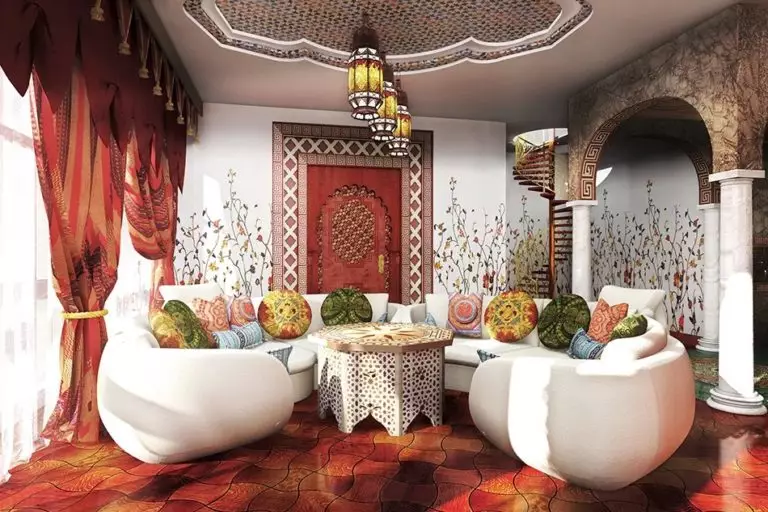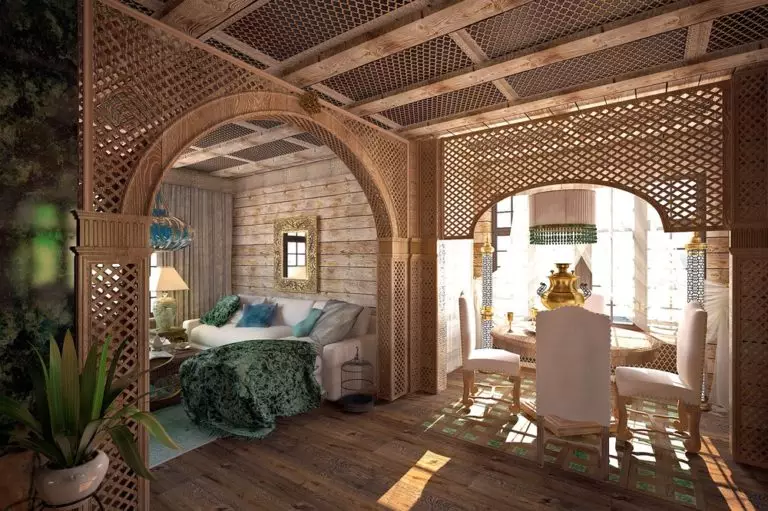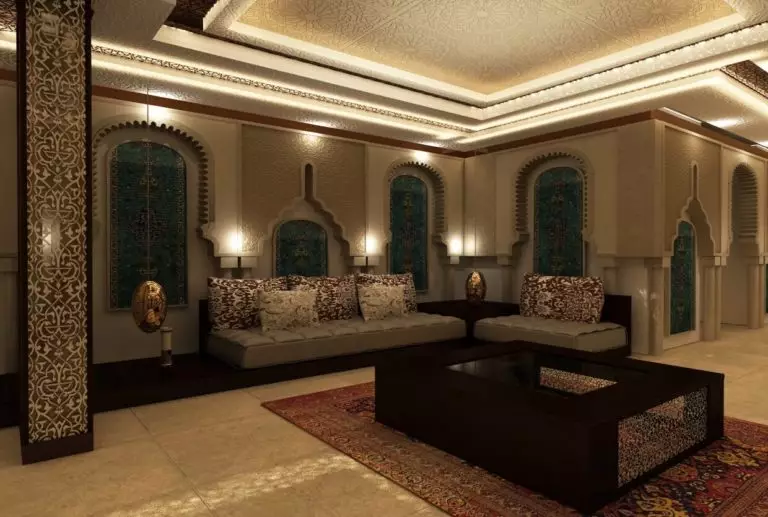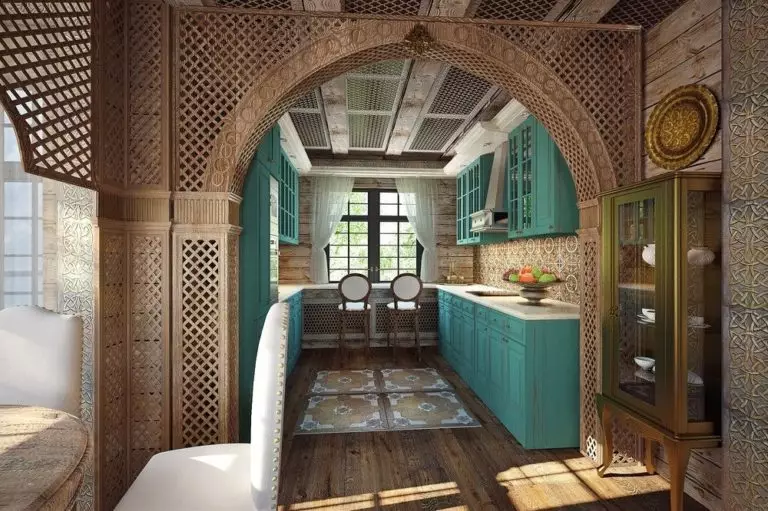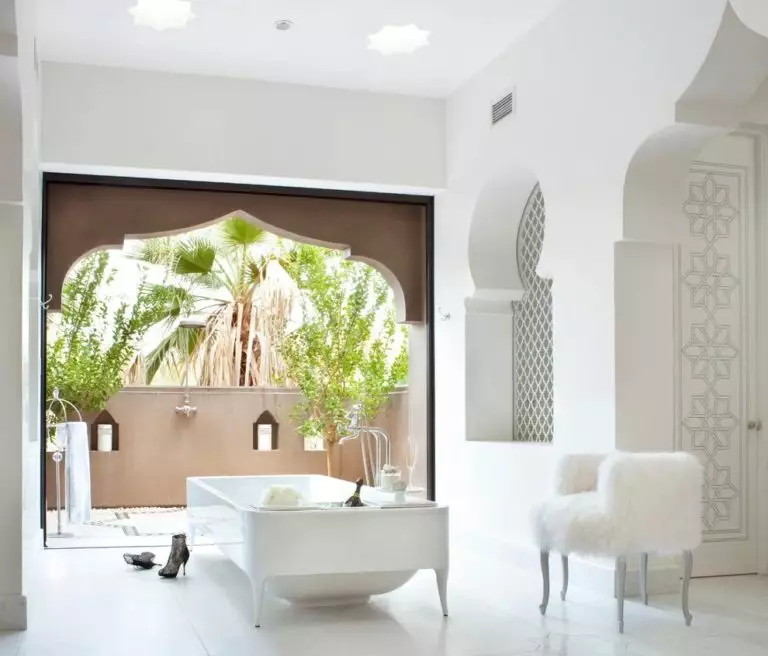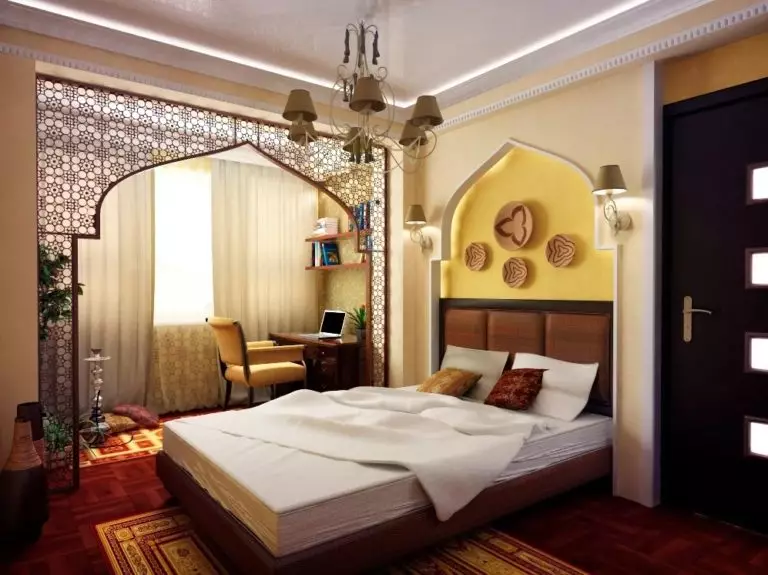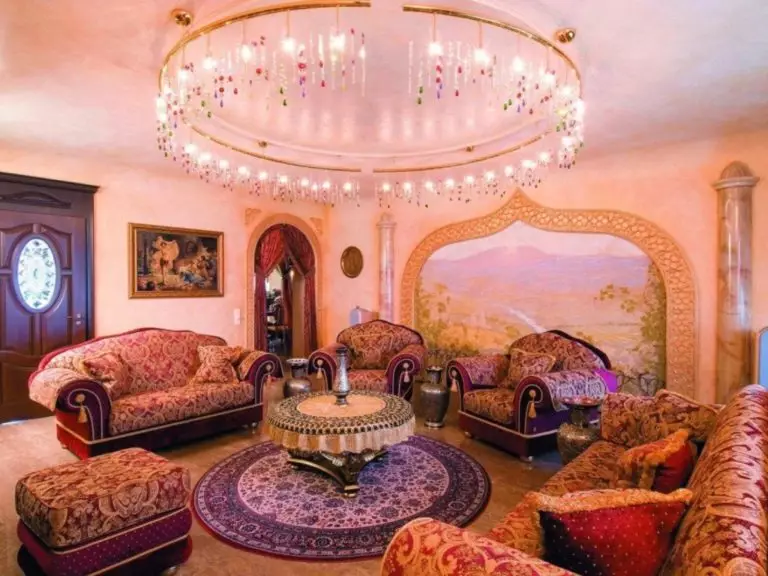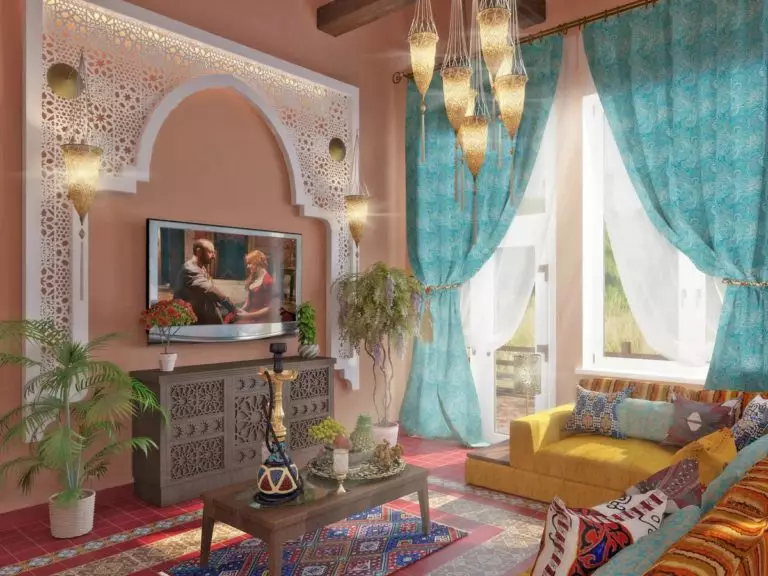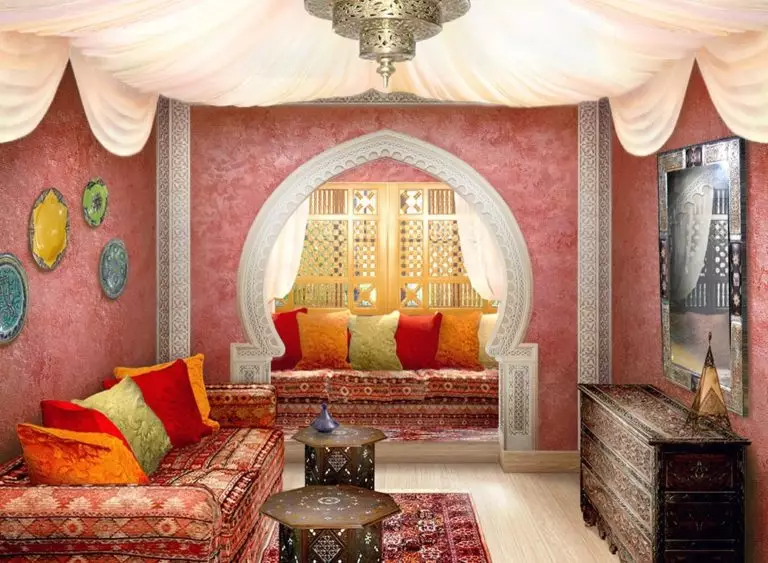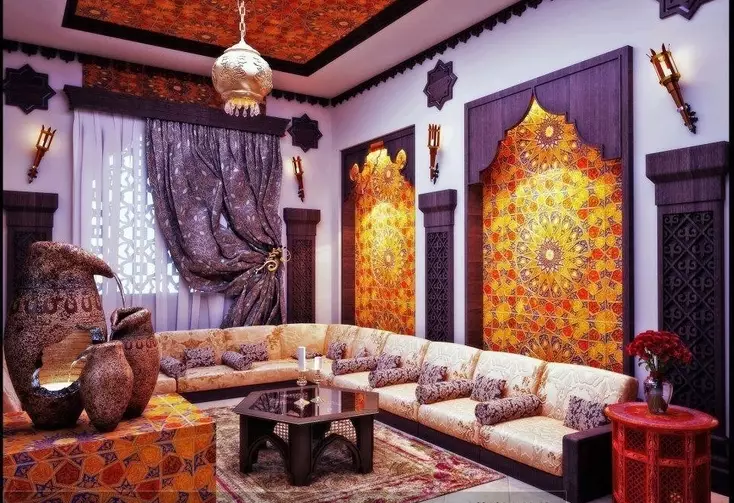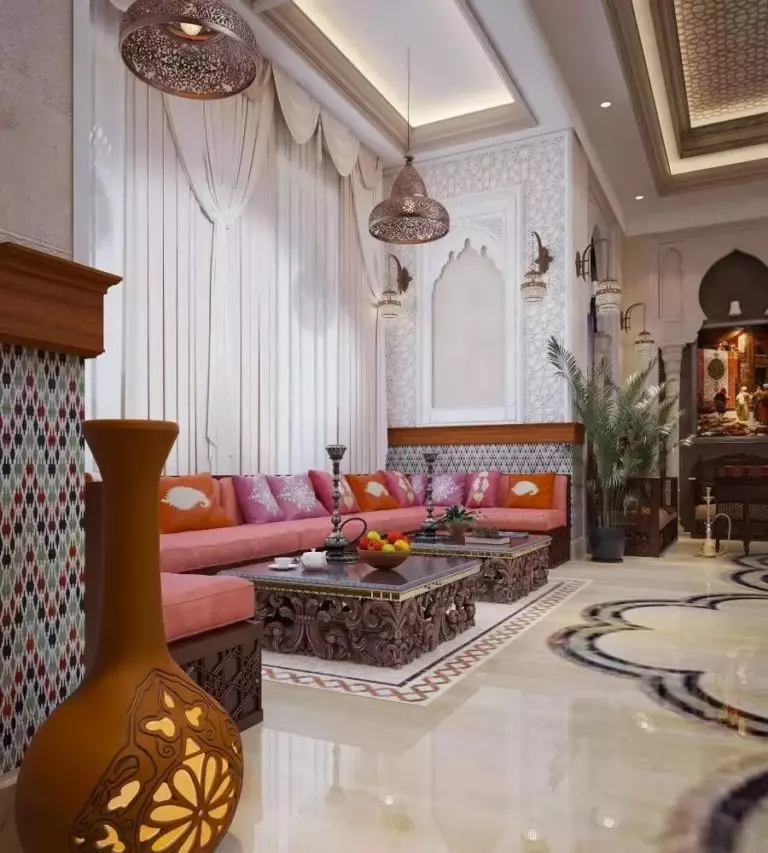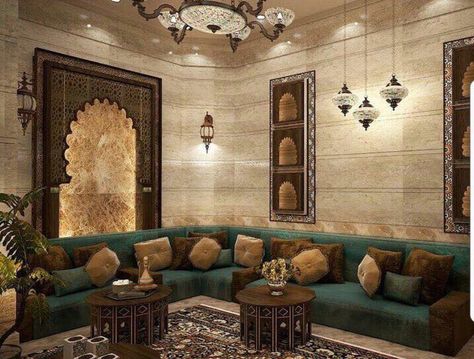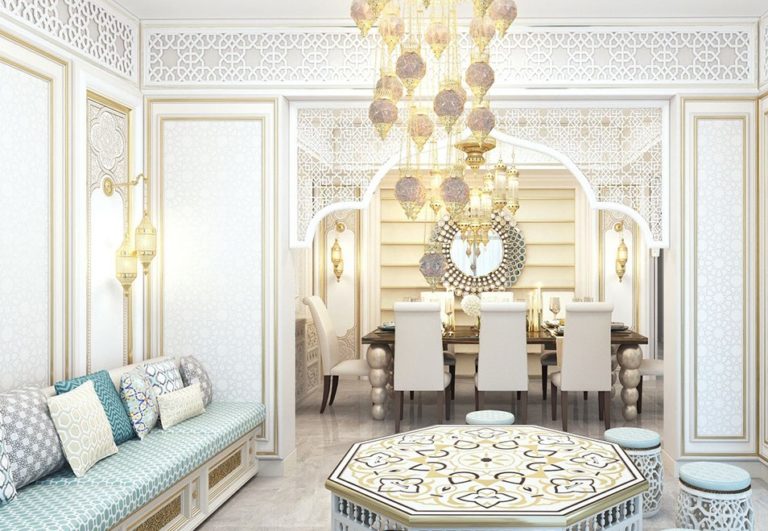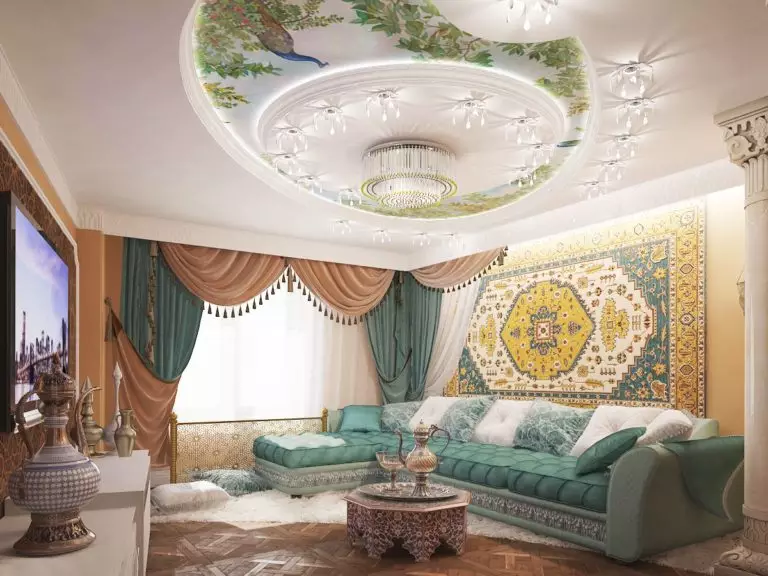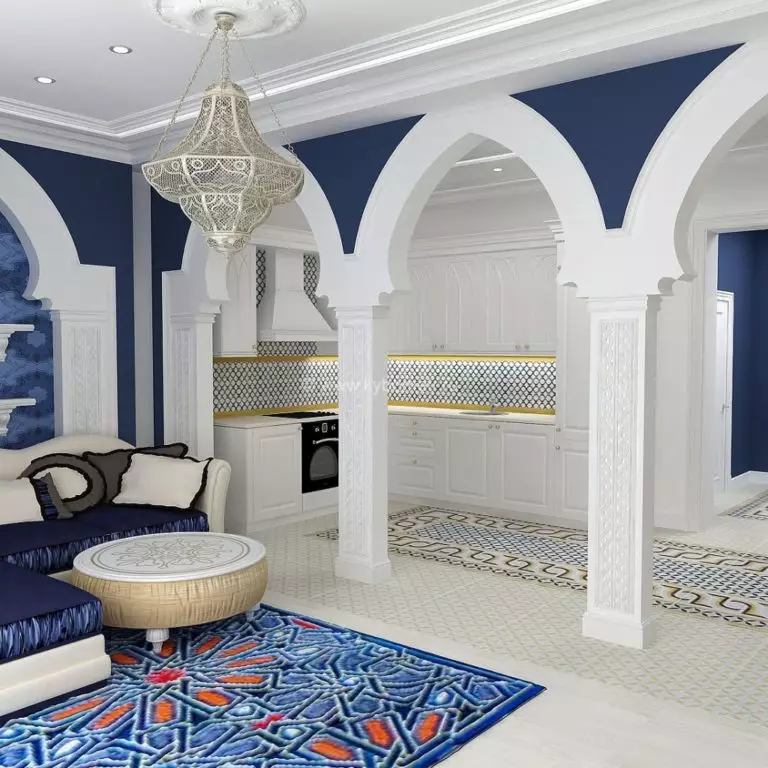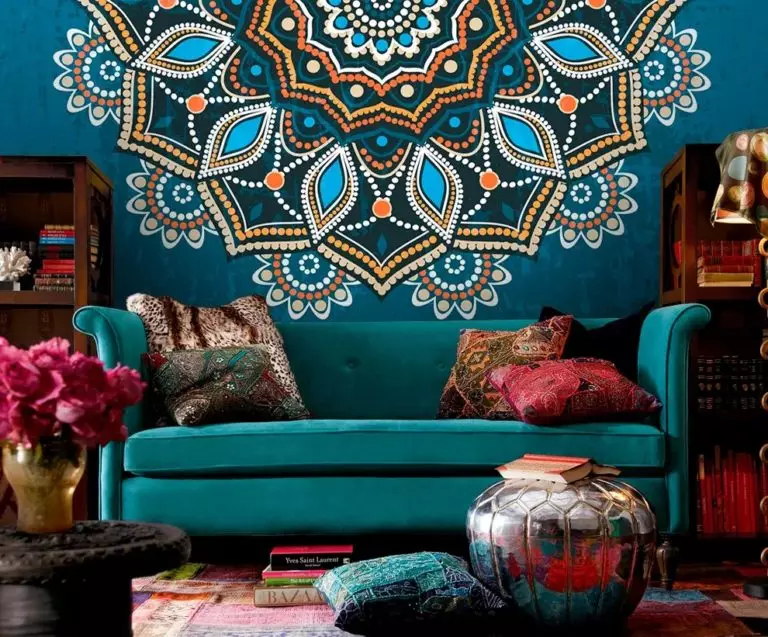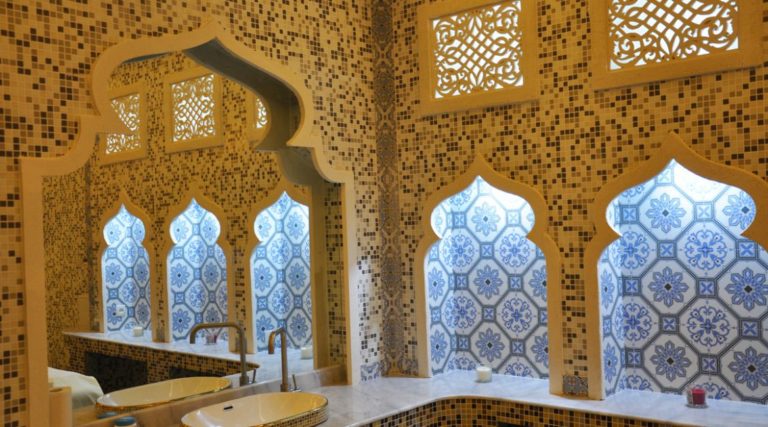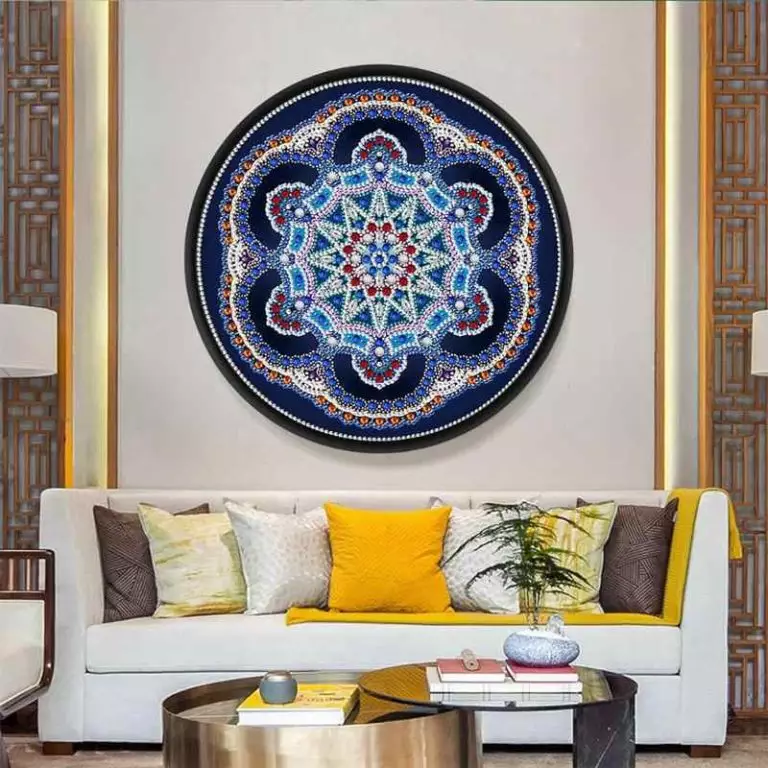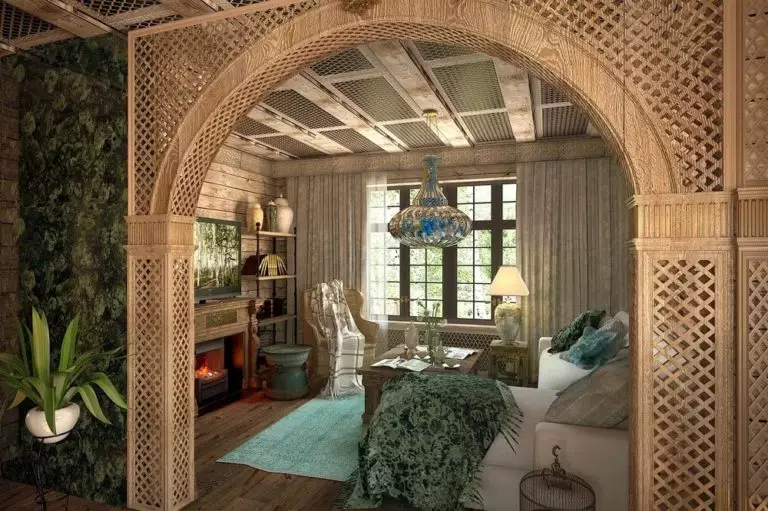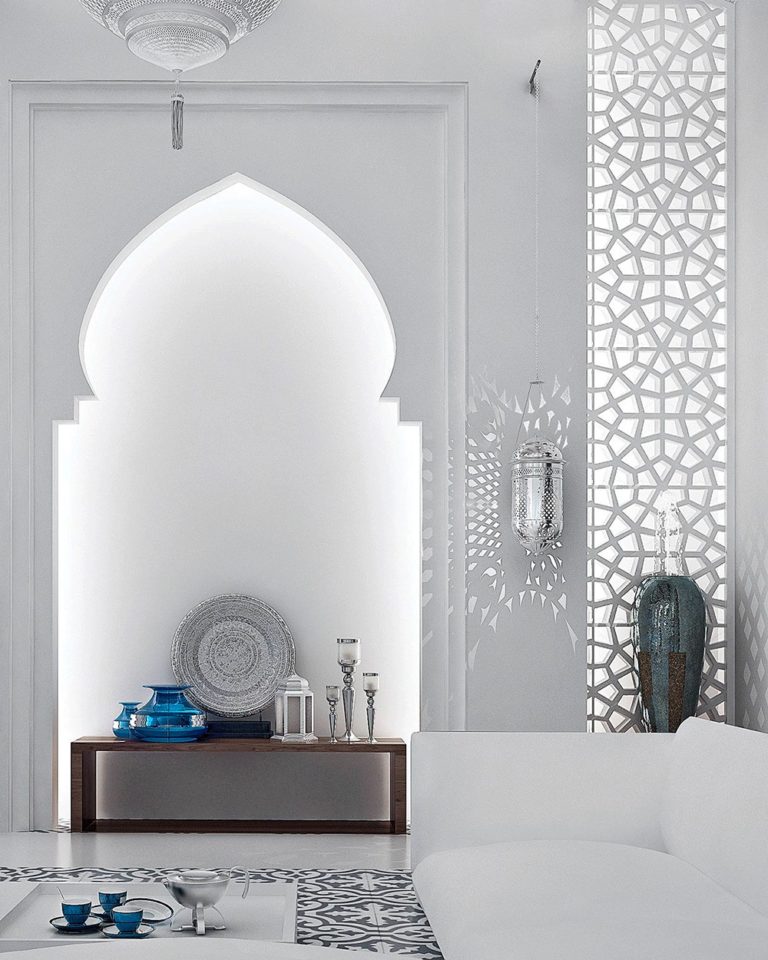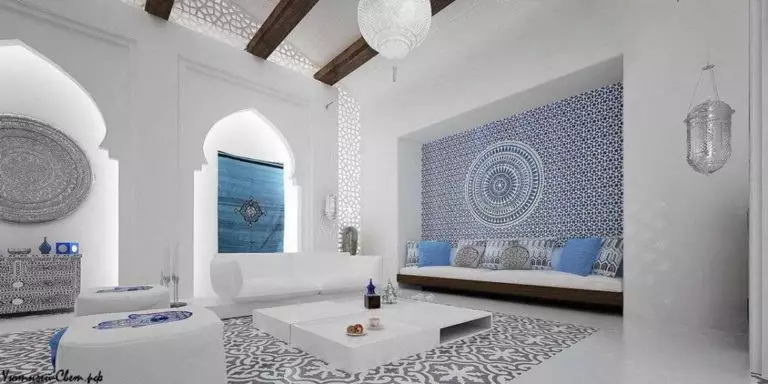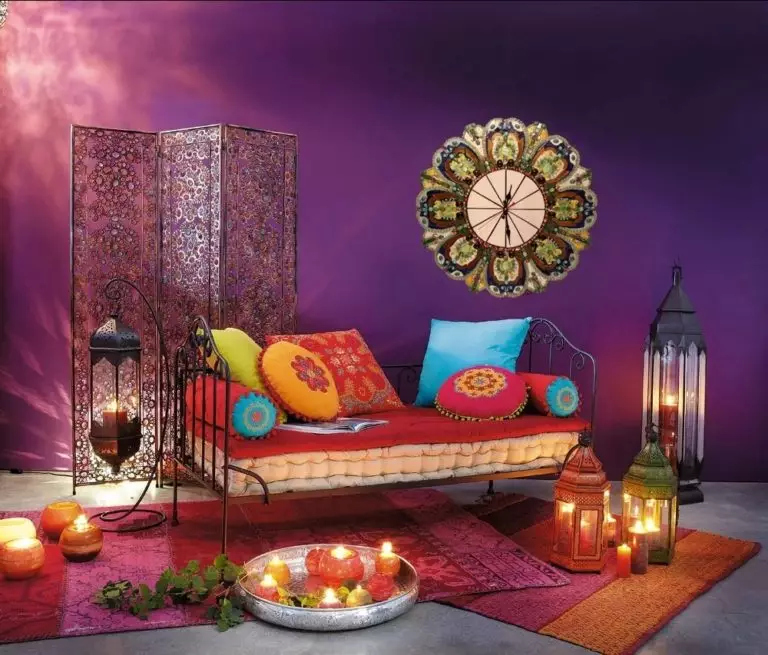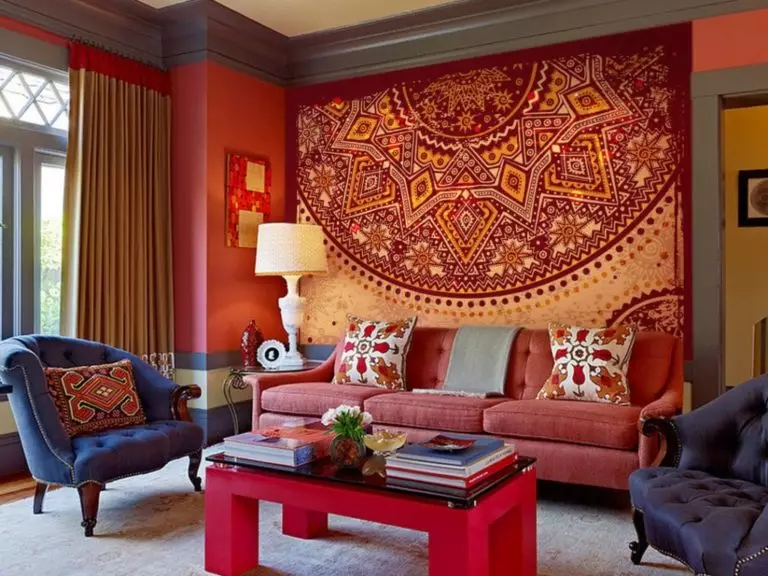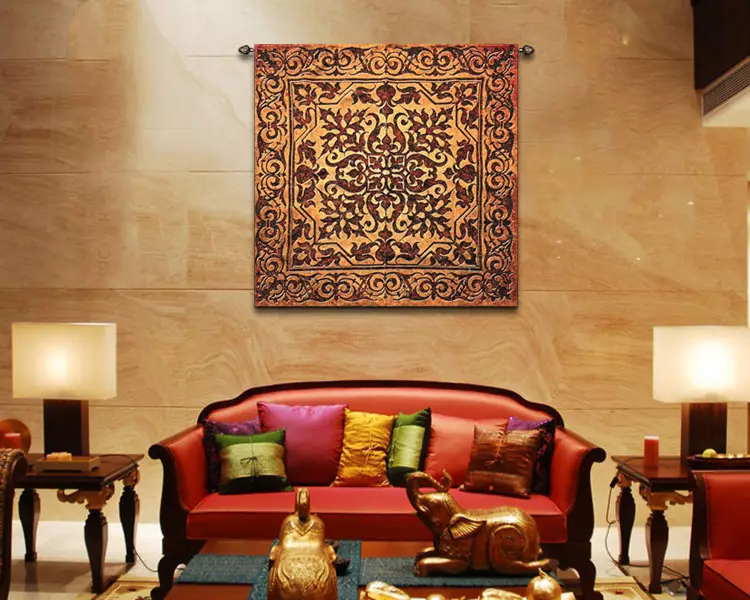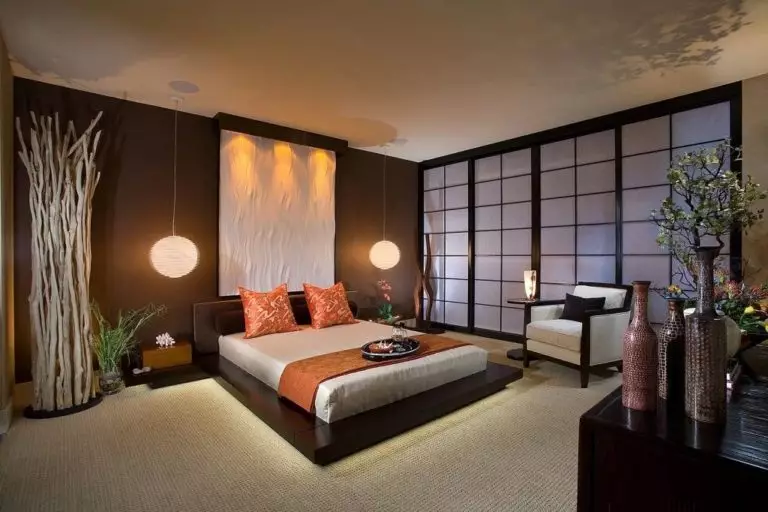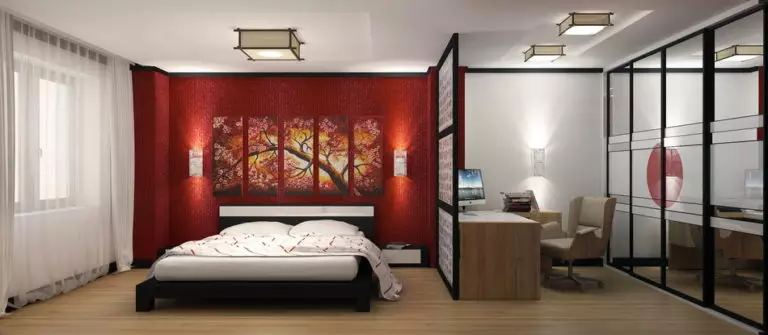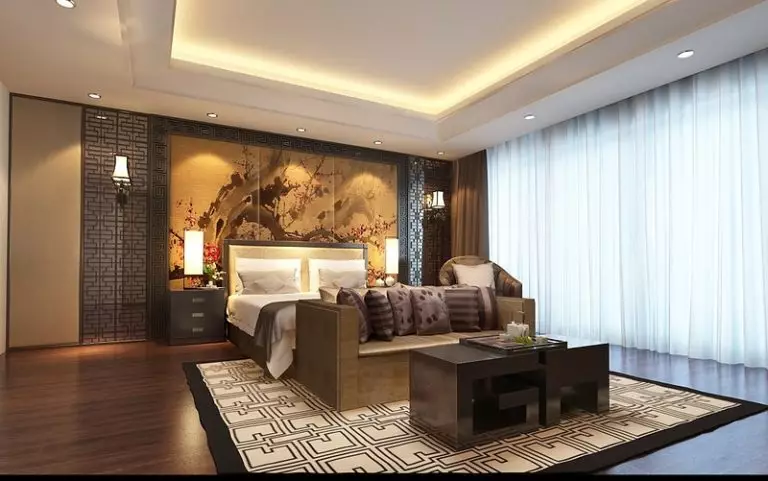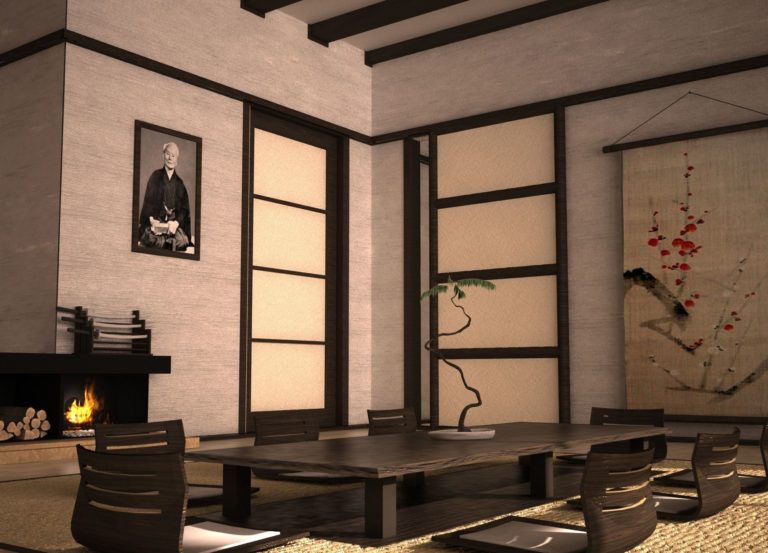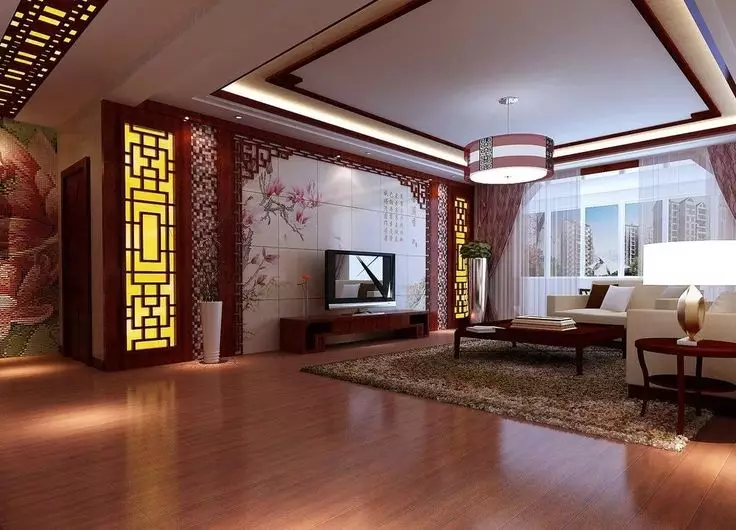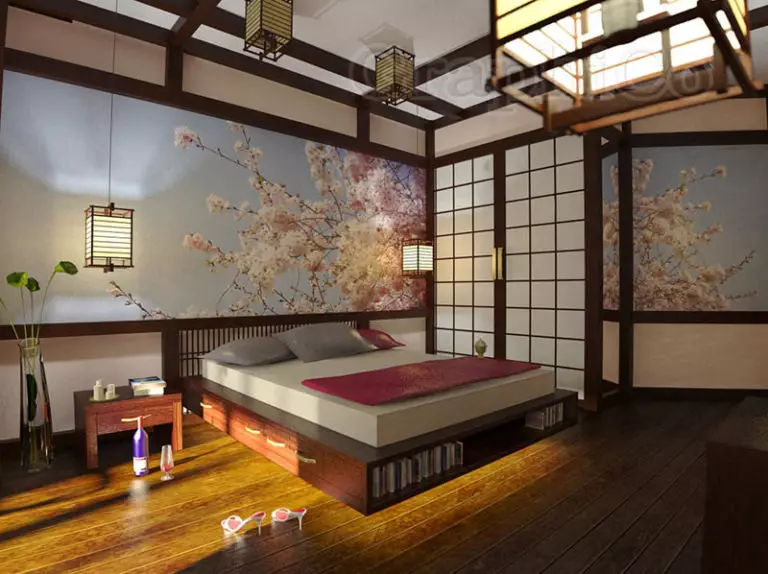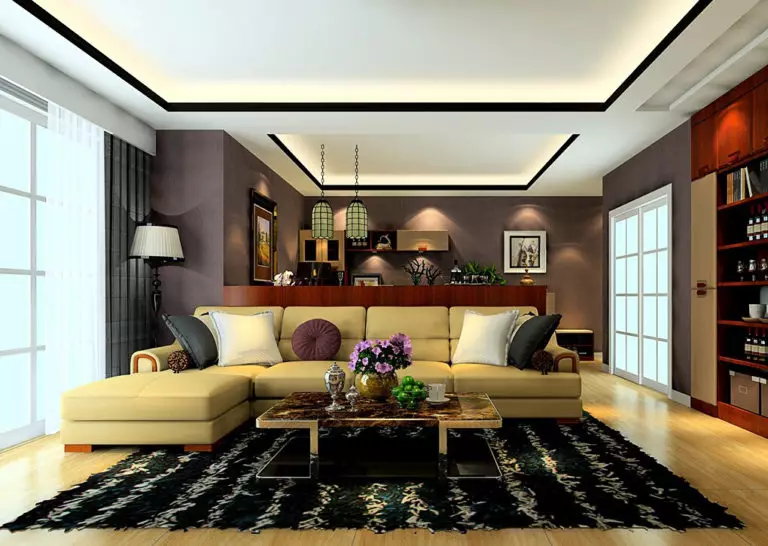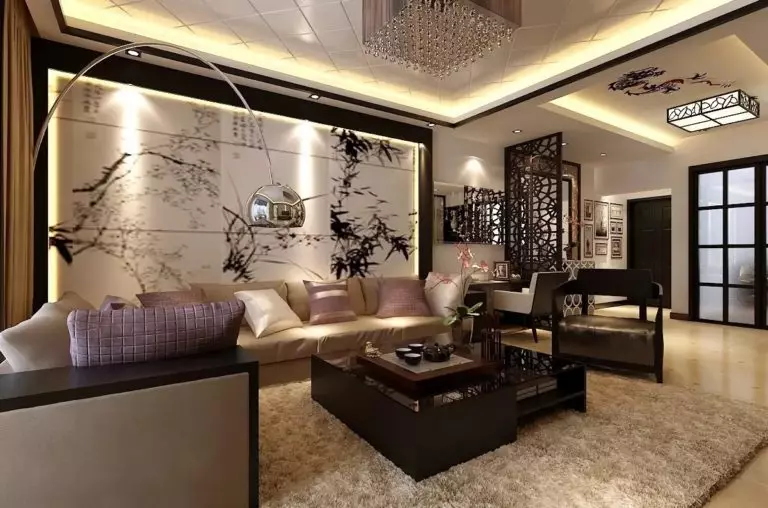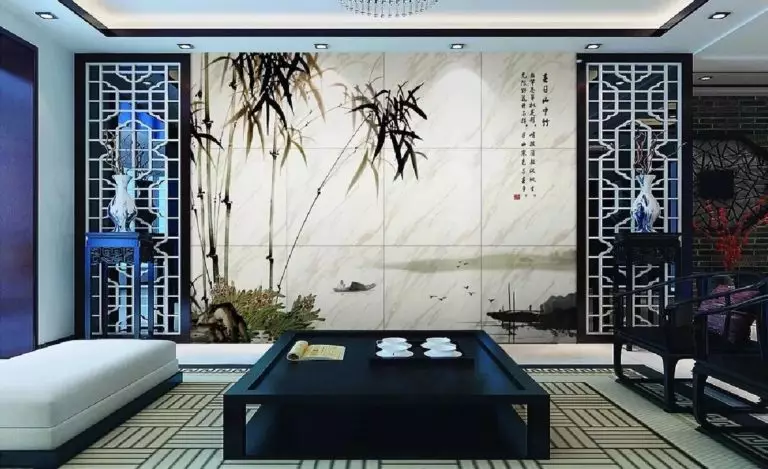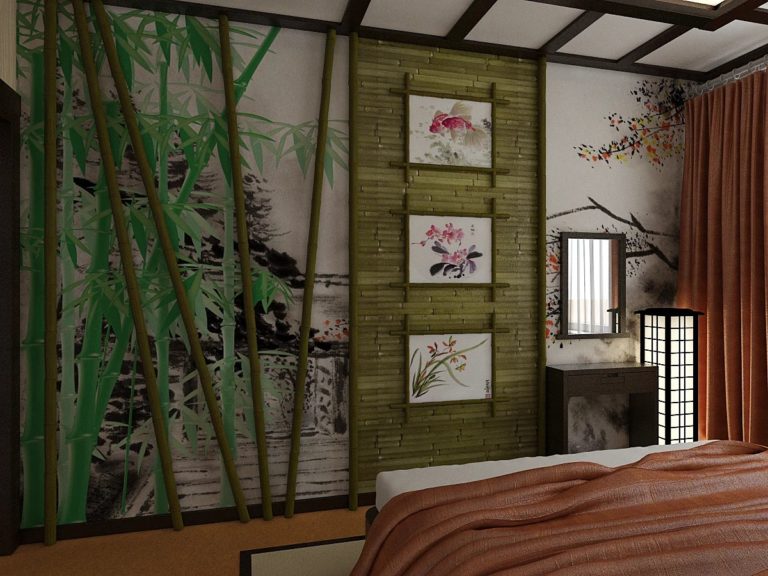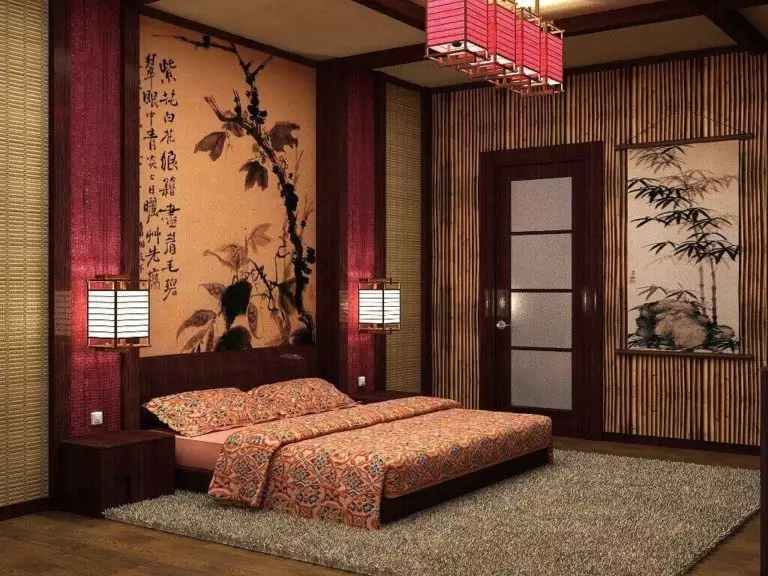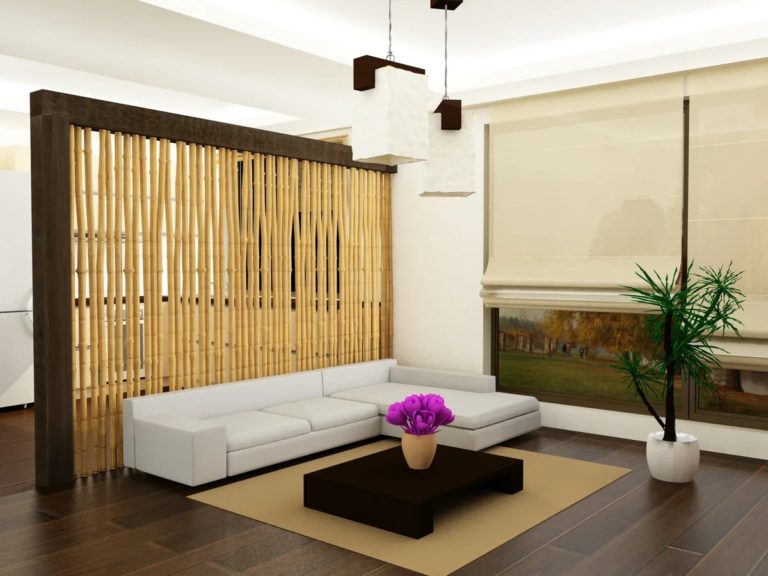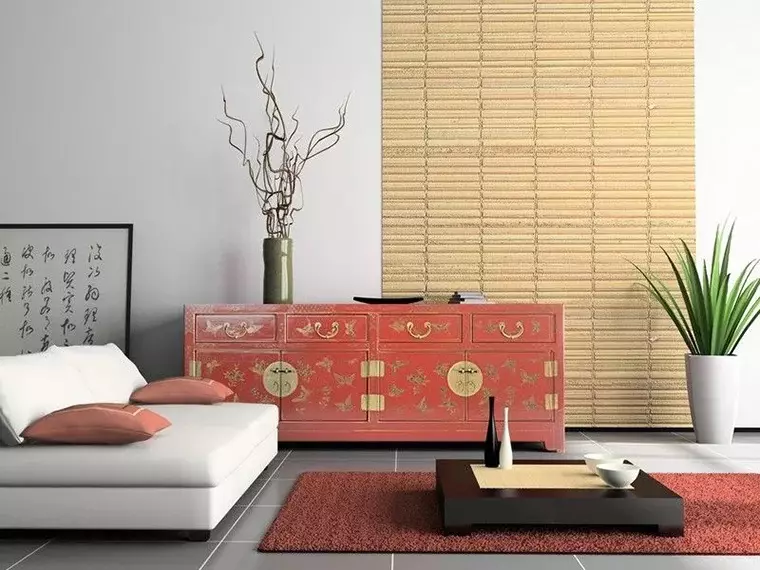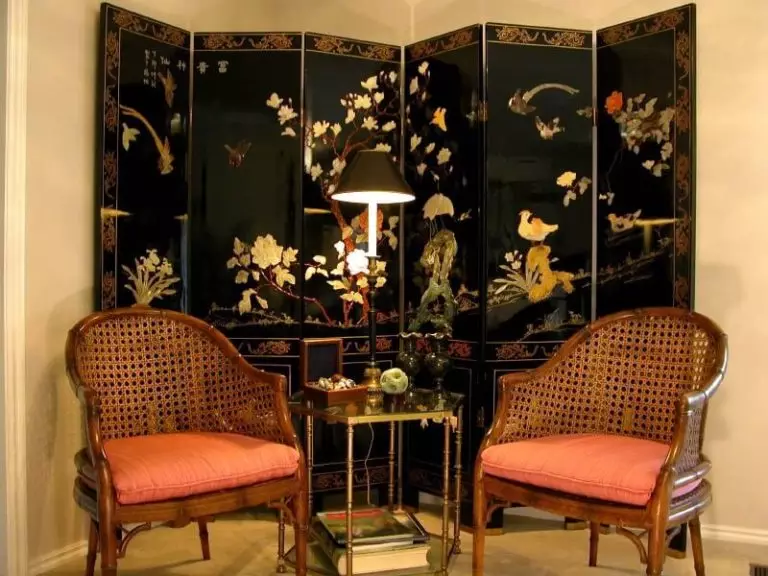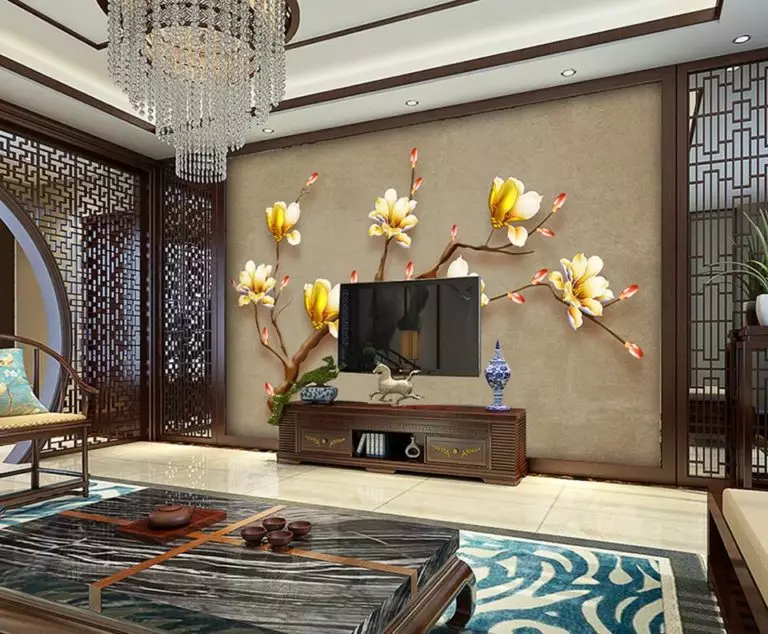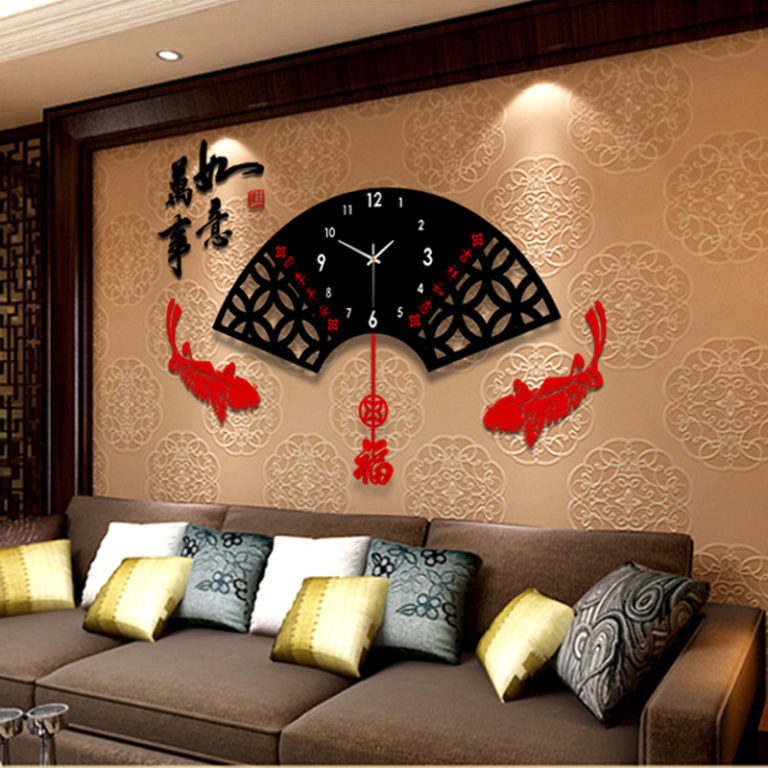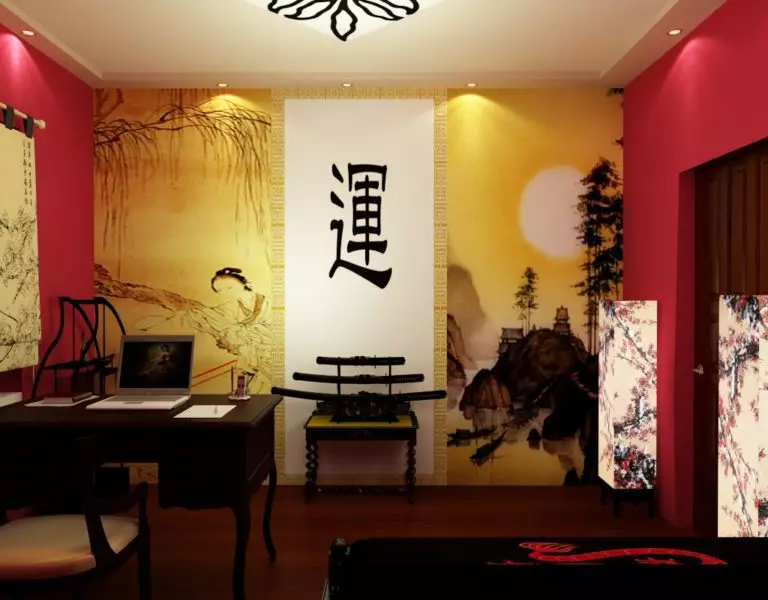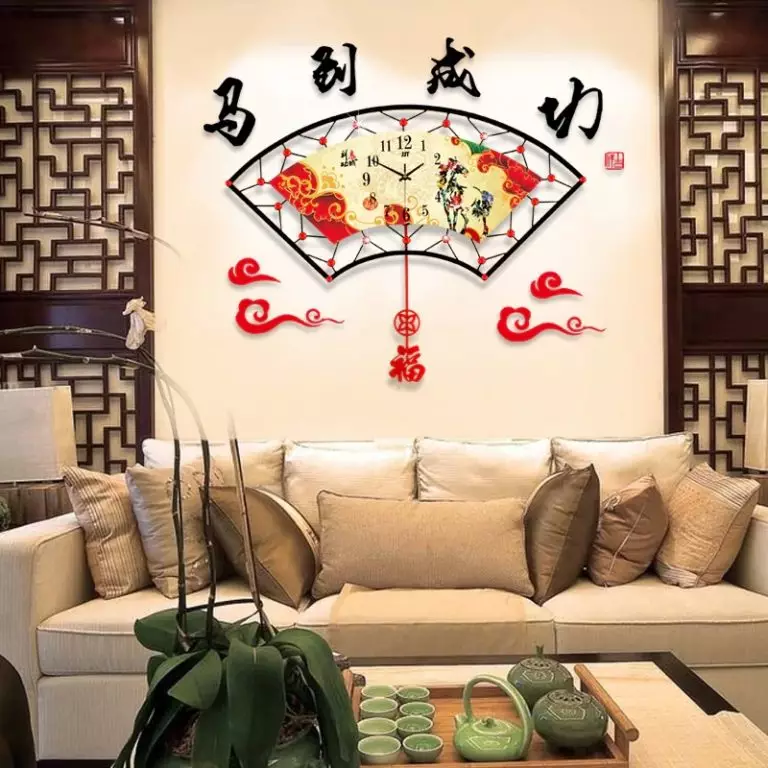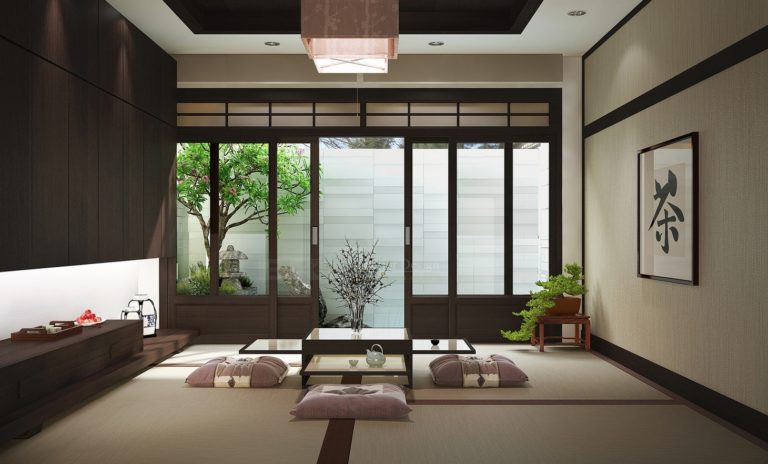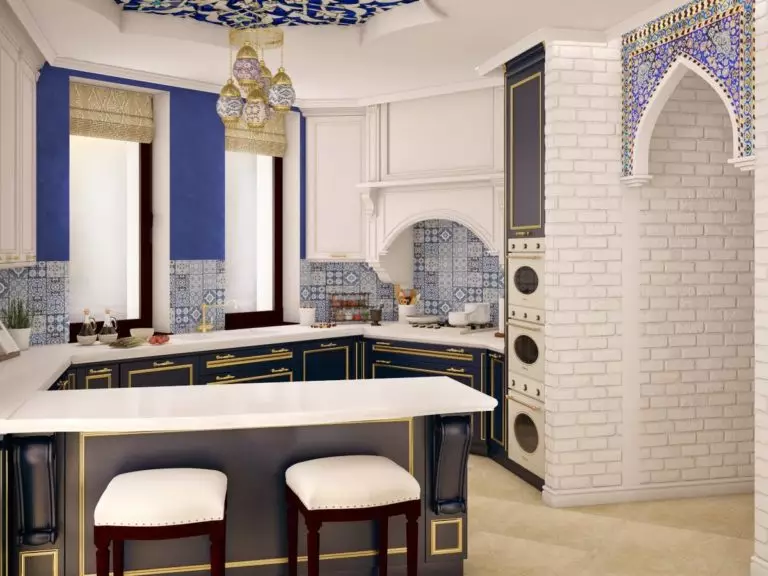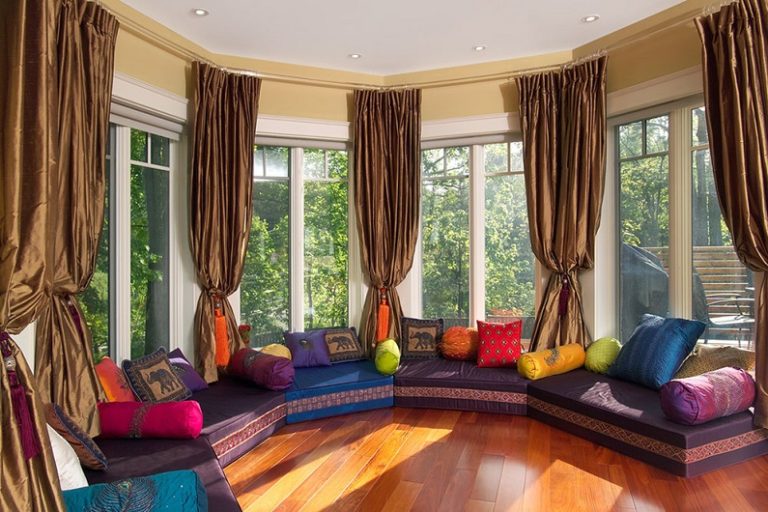
Many will probably agree that the oriental style has a special magnetism, thanks to which the interior is perceived only as fabulous and magical. It is likely that people from different countries of the world seek to integrate their accommodation into this fairy tale. Today we will not promote the oriental interior as the best or best suited for life, but we will only talk about its main characteristics.
The main directions of the oriental style
At the mention of the Orient, however, in the imagination, there are not only conspiracies of famous Arab tales, but also a subtle philosophy of Asian countries. In this regard, it should be noted that the oriental style of the interior can be Arab or Asian. But each of them has unique and characteristic qualities that reflect a certain lifestyle.
Before equipping the interior in an oriental style, you must realize all the subtleties, advantages and disadvantages. Perhaps for some people the excessive relaxed atmosphere and lively combinations of Arab rooms are not suitable, but the monotony and restraint of Japanese homes can annoy others.
As a base, use white, wood, gray, cobalt, dark herbs, sand and spice colors.
Arab Direction
You should be fully aware that the Arab style of the interior: it always looks attractive and luxurious, the setting is clearly imposing and all the objects are striking by the shape and beauty of the flowers. A remarkable characteristic of the style is the exceptional naturalness of all the materials used: wood, forge, gilding, stone, mosaic, tiles, satin, silk, velvet and others.
High arches
If, however, you decide to recreate the characteristics of the Arab style in the room, remember: this will only appear realistic in tall rooms with patterned designs on the ceiling or in vaults.
The design of the latter requires certain clearly verified calculations, and may not be possible in the apartment space. But when the height of the rooms allows, you can create a design on several levels and complete it with a drapery, characteristic of this style.
Good space lighting
Forget that the oriental style should be dark – dusk is only suitable in the evening, in some cases, to create a certain atmosphere. Otherwise, the Arabic style involves large windows, lots of air and light.
In the evening, the interior will help light up a wide variety of lights, from the perforated main chandelier to wall sconces, including floor lights, lamps and table lamps.
Rich natural colors
It is very natural to use color in the interiors of Arab countries, while neon tones are not suitable here and only a natural palette is welcome.
You can choose three or four basic shades and combine them with each other, or apply several bright colors that blend perfectly. Choose colors like carmine red, warm yellow, ultramarine blue and purple, lilac and burgundy, ocher and terracotta, emerald and sapphire, ruby, malachite and turquoise.
Openwork sculpture and abundance of ornaments
From a religious point of view, images of people and animals are prohibited in the Muslim world. But people in Arab countries have found a way out by using intricate geometric ornaments and floral patterns of unprecedented beauty. As a result, the two have become the main and most characteristic decoration of homes and architectural buildings.
You will do the right thing if you saturate the interior in oriental style with a lot of Arabic writing, thick ornamentation, damask or ikat and a strict geometry of the intertwined figures and others. Use them in textiles, decorating the ceiling and walls with reliefs, carpets, decorations, in general, everywhere.
From all the surfaces of the eastern interior, the ornament has slowly migrated in the thickness of wood and metal. Therefore, it is also necessary to furnish a room with carved furniture and perforated metal objects.
Arches
It is one of the most recognizable features of the eastern interior. Arches are still very popular during the construction of residential and public buildings in the Arab world. In addition, they most often use their lancet or horseshoe shape in the design of window and door openings, front doors, niches and decorative cornices. Take advantage of this colorful and magnificent interior decoration technique.
Colorful textiles and decor
We know that the furniture of the oriental interiors are soft sofas, high quilted cushions, poufs. All these elements should however have a common feature: it is a shiny coating in satin, silk, velvet, often complemented by brushes, muslin and decorative glass beads. This furniture should be decorated with small square, rectangular, round or cylindrical (roller) cushions.
In addition, the decoration of the room with accessories will not be complete without mirrors in the figured frames, lamps with perforations, candles in the lampposts, complex lambrequins on the window openings and, of course, without carpets on the floor and the walls.
Asian style at interior
One of the oldest religions has become the reason for the emergence of a special style, one of a kind, which still reflects the subtle philosophy of Buddhism. To be able to design an interior in an Asian style, you should know that it has two zones: Japanese and Chinese, but each of them is very different from the other.
Japanese asceticism
The Japanese-style interior is extremely minimalist:
You should not be surprised, because a real Japanese, like every member of his family, needs the most necessary things and he does more than compensate for the richness of his soul by the scarcity of his accommodation.
Chinese flavor
The Chinese style of the interiors differs considerably from that of the Japanese. Its decor is more varied. Like colors and patterns, as in Japanese habitat, the colors of fauna predominate, but they are much more used in the style of Chinese decoration. In the same room, several colors and shades can be used simultaneously, but this must be harmonious: green with black and red, blue with white and sand, brown with pink and salad, etc.
The color combinations in the Chinese interior are mainly manifested by colorful and subtle patterns covering the walls, covered with fabric or covered with wallpaper (covered with paint). We mainly use plant motifs, images of burgeoning birds, mythical animals, flowering trees.
The Chinese interior is renowned for its zoning and, in combination, for its decorative screens and folding zigzags. Some copies are remarkable for their unusual beauty: with carved elements and hand-painted plots described above.
Bamboo is the hallmark of any Chinese interior
This plant in all Asian countries has been cultivated and has been used successfully in construction, furniture and decoration. Bamboo shoots are depicted on most Chinese paintings, wooden furniture fronts, textile designs, on the walls.
From plants, pieces of furniture support, stools, mirror frames, decorative coverings and more are made. Bamboo is used in damp rooms for the construction of benches, chairs and supports, living plants decorate the interiors, constituting one of the main symbols of the Chinese style.
Decor for Chinese style
The decor of the Chinese-style room is completed by paintings – panels using the technique of applying fragments of wood, straw or mosaics. A vase or set of Chinese porcelain or its imitation, covered with a white and blue pattern with moths, birds, dragons, bamboo groves, will become a dignified and incredibly characteristic decoration of the room.
The Chinese style inside also obliges us to buy for us several unusual accessories (frogs with coins, Buddha figurines, golden dragons), which, if placed correctly in the space will surely bring luck, prosperity and love.
